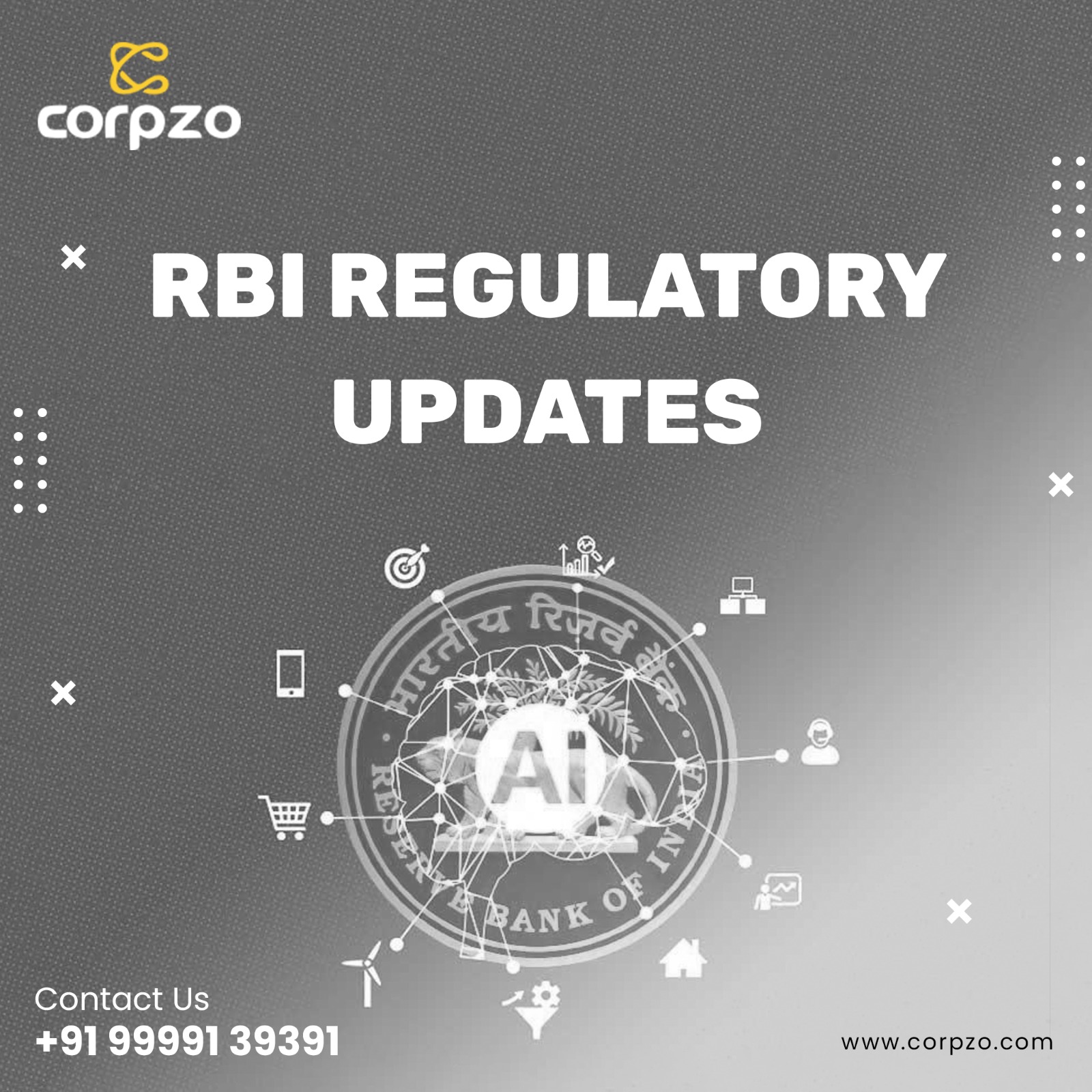 Introduction
Introduction
In recent years, peer-to-peer (P2P) lending platforms have gained significant popularity as an alternative lending option for borrowers and a lucrative investment opportunity for lenders. However, with the rapid growth of the P2P lending industry, regulatory concerns and breaches of norms have come to the forefront. To address these issues, the Reserve Bank of India (RBI) has taken proactive measures to tighten the regulatory framework around P2P lending platforms. This article explores the recent actions taken by the RBI to ensure compliance and mitigate risks in the P2P lending space.
The Growing Concerns: Breaches of Regulatory Norms
The RBI has observed several breaches of regulatory norms by P2P lending platforms, including deficiencies in the Know Your Customer (KYC) process and non-compliance with licensing conditions. These breaches raise concerns about risk mitigation, compliance, and the overall integrity of the P2P lending ecosystem. To address these issues, the RBI has initiated a crackdown on P2P lending platforms and increased scrutiny of their operations.
RBI's Request for Information: A Comprehensive Review
To ensure compliance and assess the risk profile of P2P lending platforms, the RBI has requested detailed information from entities in the space. The central bank has sought information on onboarding procedures, customer profiles, agreements with lenders, and IT infrastructure. These requests are primarily directed towards platforms that have not fully complied with regulatory directives or have failed to provide satisfactory information. The purpose of these requests is to gain a comprehensive understanding of the control points in transactions between users and platforms and to ascertain the adherence to regulatory guidelines.
The Nature of Control in P2P Transactions
One of the key concerns raised by the RBI is the nature of control in P2P transactions. According to regulatory guidelines, platforms are required to provide all "control points" to lenders to share the structure of loans according to their comfort. These control points include borrower identity, loan amount, tenure, and credit score. However, the RBI has observed that many lending platforms do not adhere to these guidelines, which raises questions about transparency and risk assessment.
Regulatory Engagement: Onsite Visits and Ongoing Monitoring
The RBI's scrutiny of P2P lending platforms goes beyond requesting information. The central bank has also engaged in onsite visits to the offices of these entities in New Delhi and Mumbai. These visits aim to gather firsthand insights into the operations, risk management practices, and compliance measures implemented by these platforms. The RBI's regulatory engagement with licensed platforms has been ongoing since September, indicating a sustained effort to monitor and enforce regulatory guidelines.
Impact on Fintech Ecosystem: A Broad Regulatory Crackdown
The RBI's recent actions against P2P lending platforms are part of a broader regulatory crackdown on the fintech ecosystem. In addition to P2P lending, the central bank has also tightened regulations on card networks, emphasizing the need for compliance across various segments of the financial industry. This regulatory scrutiny is aimed at ensuring the stability, transparency, and integrity of the financial system while fostering innovation and consumer protection.
The Road Ahead: Enforcing Compliance and Strengthening Regulations
The RBI's focus on P2P lending platforms underscores its commitment to enforcing compliance and strengthening regulations in the fintech space. The central bank has made it clear that any breach of licensing conditions and regulatory guidelines is unacceptable. As the P2P lending market continues to grow, it is crucial for platforms to adhere to regulatory norms, enhance risk management practices, and prioritize customer protection.
Market Outlook: P2P Lending's Growth Potential
Despite the regulatory challenges, the P2P lending market in India is poised for significant growth. According to consulting firm IndustryARC, the market size is forecast to reach $10.5 billion by 2026, with a compound annual growth rate (CAGR) of 21.6 percent from 2021. This growth potential highlights the importance of establishing a robust regulatory framework that balances innovation and risk mitigation.
Conclusion: Striking a Balance between Innovation and Compliance
The tightening of rules on P2P lending by the RBI reflects the need to strike a balance between fostering innovation and ensuring compliance in the fintech space. The increased scrutiny of P2P lending platforms and the enforcement of regulatory guidelines aim to protect investors, promote transparency, and mitigate risks. As the industry evolves, it is essential for all stakeholders to align with regulatory requirements, prioritize customer welfare, and work towards sustainable growth in the P2P lending ecosystem.

